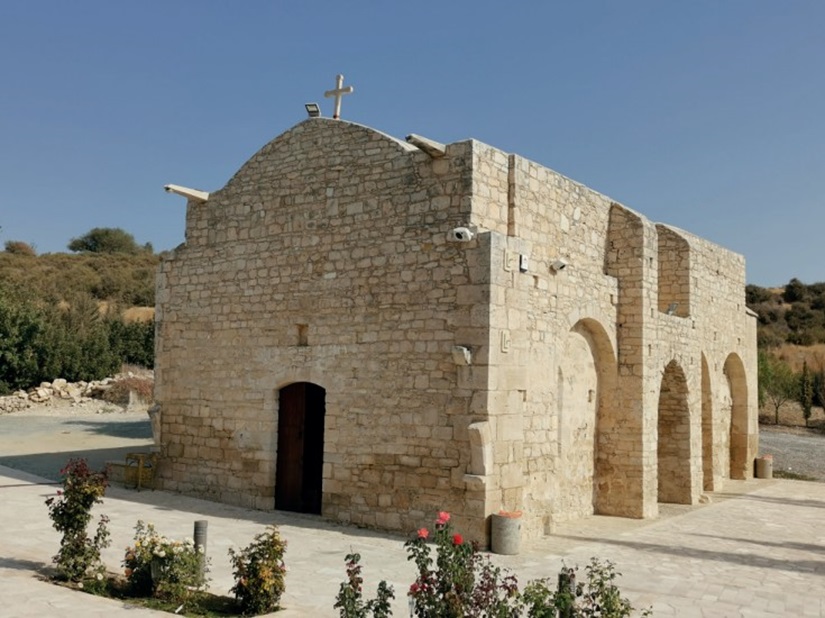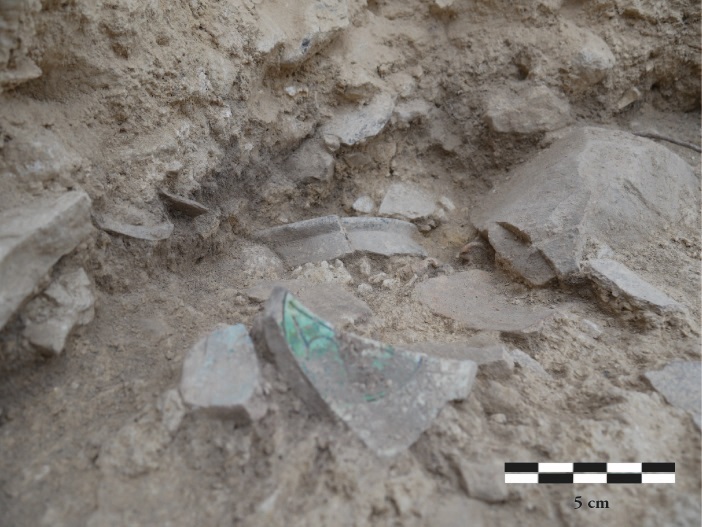

EXCAVATION AT THE PANAGIA KARMIOTISSA SITE,
KATO POLEMIDIA
2023 EXCAVATION SEASON
The Department of Antiquities, Deputy Ministry of Culture, announces the completion of the first excavation season of the “Panagia Karmiotissa” project. The excavation took place at the area surrounding the church of Panagia Karmiotissa under the direction of Dr. Andreas Nicolaides and Dr. Margot Hoffelt.
This project is the result of two years of close collaboration between the Eratosthenes Center of Excellence (ECoE) of the Technological University of Cyprus and the CNRS Laboratory of Medieval and Modern Archeaology in the Mediterranean Area (LA3M). It was made possible thanks to the support of the Cyprus Department of Antiquities.
For many reasons (secondary historical sources, topography, toponymy, oral tradition) the site was suspected to be the establishment realised by the Carmelites in Cyprus during the 13th century. The church still existing, if one studies its architecture, cannot be older than the 14th century, though. It was therefore necessary to get to the underlying layers in order to investigate the stratigraphical potential of the area.
Three test pits were implemented: two in the northern terraces and one behind the church chevet. In the most eastern terrace pit, at least three occupation levels were observed. The ceramics collected on the intermediary one indicate it is dating back to the 13th century, confirming an occupation of the site at a time which corresponds to the arrival of the Carmelites in Cyprus.
In the most western terrace pit, two post-Byzantine occupation levels were identified. The first one showed the presence of several postholes. This occupation level leant against a wall, connected to an anterior soil, reached at the end of the campaign and made of a mortar screed.
In the pit realised behind the church chevet, several human-sized pits oriented east to west evoking emptied burials which may be part of the cemetery attached to the church were discovered. The stratigraphic unit in which these pits were dug leant on a flight of stairs cut into the natural bedrock and oriented towards a location underneath the church chevet. This element, coupled with the ground penetrating radar surveys realised inside the church, suggests the existence of massive subjacent structures.